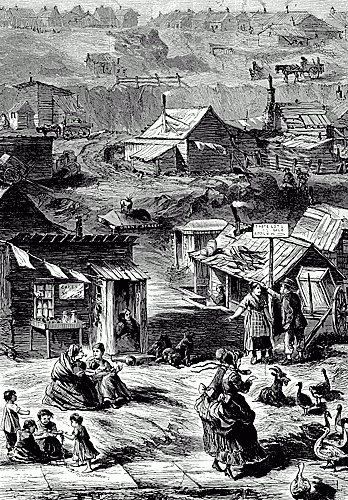Seneca Village - New York’s First Free Black Settlement Seneca Village was quietl
Seneca Village - New York’s First Free Black Settlement Seneca Village was quietly revolutionary, in being the first known landowning African American settlement in New York. In the 19th century, the now genteel upper west and east sides were an undeveloped expanse of swamp and hilly land, difficult to cultivate and even harder to sell. The city proper, at the time, stopped at about 14th street - the village is located on what is now 82nd-89th, to give some perspective on how far it was. As a result, the land came cheap, and the minority poor - mainly African Americans and Irish/German immigrants - bought up land and made their home here. The community was founded around 1825. The first known person to buy a plot of land there was Andrew Williams, a shoe-shine who bought three lots of land for $125. The village population expanded with the 1827 abolition of slavery and the 1840s potato famine in Ireland, which brought black and Irish families uptown in search of affordable land. The small community was not particularly prosperous, mostly made up of laborers or small-scale farmers, but flourished with what it had, and created an important societal space for those who lived there - it had a school, a church, and three cemeteries. A census in 1855 indicated that the village had 264 residents. Unfortunately, within two years, these residents would be forced out of their homes by the New York government, as Seneca Village was razed in order to make way for Central park. The park was championed by the city’s elite, who felt that a park would raise the growing city’s status to match London and Paris. They saw Seneca village as an insignificant shanty-town; despite the protests and appeals of many village residents to save their town, the government ultimately used eminent domain to force the last village inhabitants from their homes. In 2011, an archaeological dig was done on several Seneca village sites, unearthing everyday artifacts that give a clue to the life its residents lived 150 years ago [x]. -- source link
Tumblr Blog : howpeoplelived.tumblr.com
#history#19th century#black history#irish history


